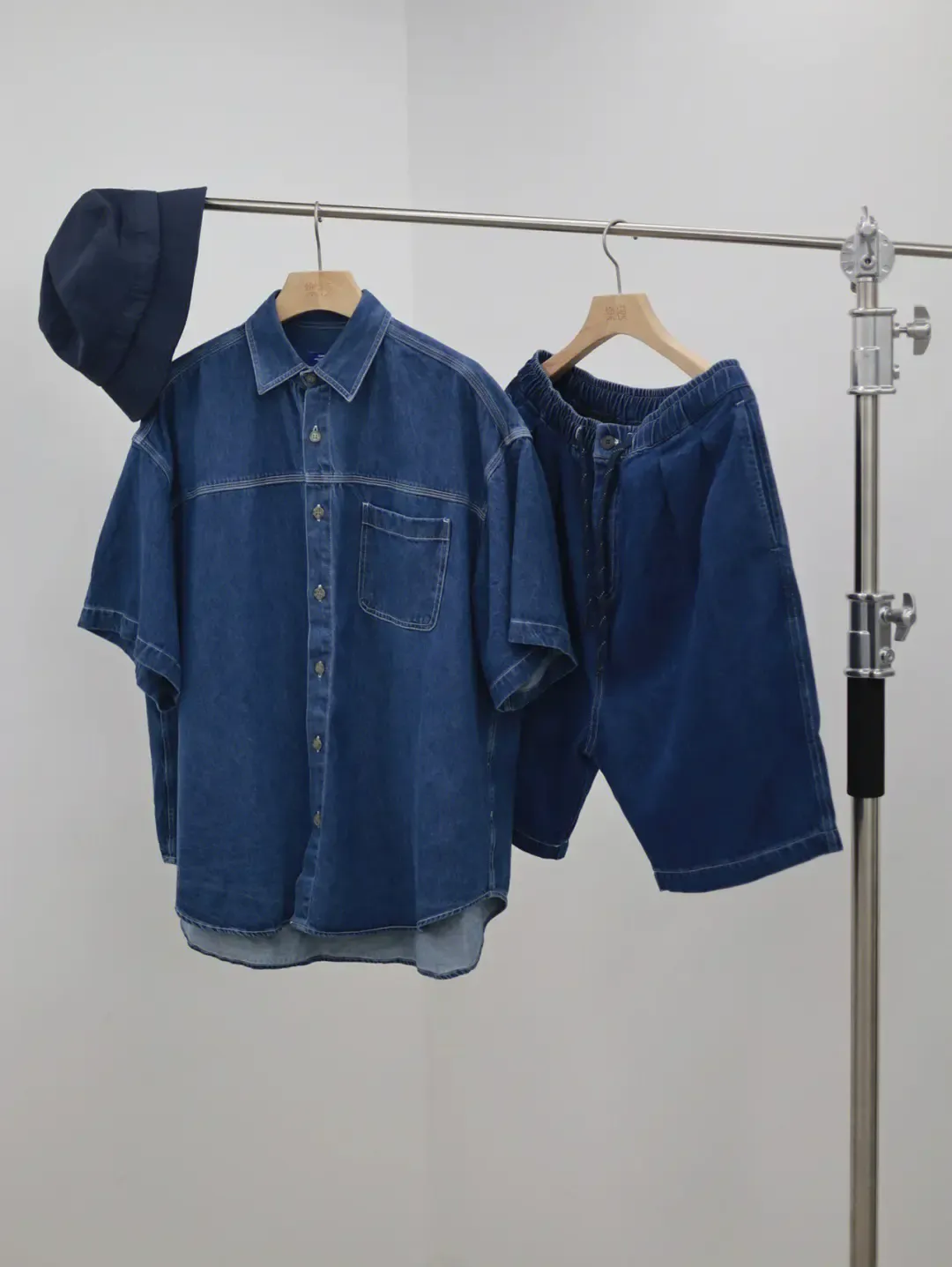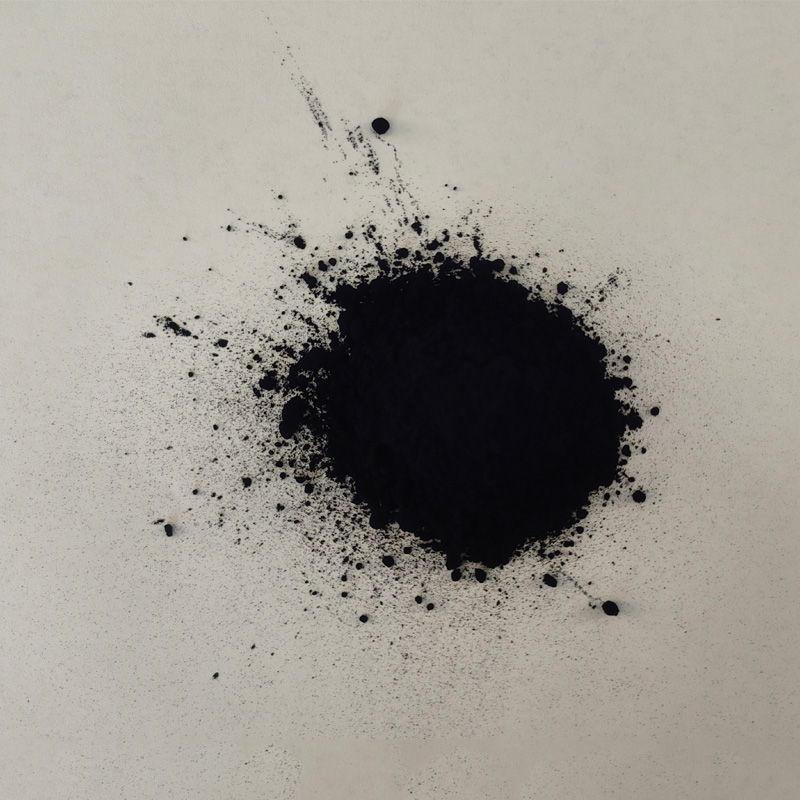
- afrikansk
- albansk
- amharisk
- arabisk
- armensk
- aserbajdsjansk
- baskisk
- hviterussisk
- bengali
- bosnisk
- Bulgarsk
- katalansk
- Cebuano
- korsikansk
- Kroatisk
- tsjekkisk
- dansk
- nederlandsk
- Engelsk
- Esperanto
- estisk
- finsk
- fransk
- frisisk
- galisisk
- georgisk
- tysk
- gresk
- Gujarati
- haitisk kreolsk
- hausa
- hawaiisk
- Hebraisk
- Nei
- Miao
- ungarsk
- islandsk
- igbo
- indonesisk
- irsk
- italiensk
- japansk
- javanesisk
- Kannada
- kasakhisk
- Khmer
- rwandisk
- koreansk
- kurdisk
- kirgisisk
- TB
- latin
- latvisk
- litauisk
- luxemburgsk
- makedonsk
- Malgashi
- malaysisk
- Malayalam
- maltesisk
- Maori
- Marathi
- mongolsk
- Myanmar
- nepalesisk
- norsk
- norsk
- oksitansk
- Pashto
- persisk
- Pusse
- portugisisk
- Punjabi
- rumensk
- russisk
- samoansk
- skotsk gælisk
- serbisk
- Engelsk
- Shona
- Sindhi
- singalesisk
- slovakisk
- slovensk
- Somali
- spansk
- Sundanesisk
- Swahili
- svensk
- Tagalog
- tadsjikisk
- Tamil
- tatarisk
- Telugu
- Thai
- tyrkisk
- turkmenske
- ukrainsk
- Urdu
- Uigur
- usbekisk
- vietnamesisk
- walisisk
- Hjelp
- Jiddisch
- Yoruba
- Zulu
Indigo Dye Jeans: Best Fabric & Denim Crafting
The art of creating premium indigo dye jeans combines traditional craftsmanship with modern textile innovation. As denim manufacturers and wholesalers seek to elevate their product offerings, understanding the best fabric for indigo dye and mastering denim indigo dye techniques becomes essential. This guide explores the essential elements for producing high-quality indigo-dyed denim at commercial scale.

The Craftsmanship Behind Indigo Dye Jeans
Indigo dye jeans represent the pinnacle of denim artistry, offering:
Signature Fading Properties - Develop unique wear patterns with each wash
Timeless Aesthetic - Maintains cultural significance across fashion generations
Premium Market Value - Commands higher price points in specialty markets
For bulk producers, mastering indigo dye jean techniques allows access to high-end fashion brands and discerning consumers seeking authentic denim experiences.
Selecting the Best Fabric for Indigo Dye
The best fabric for indigo dye requires specific characteristics:
100% Cotton Construction - Optimal fiber for dye absorption and color retention
Medium to Heavy Weight - 10-14oz fabrics ideal for multiple dye dips
Open Weave Structure - Allows deep dye penetration while maintaining durability
Long-Staple Fibers - Egyptian or Pima cotton varieties provide superior results
Manufacturers should evaluate yarn twist, weave tightness, and finishing treatments when selecting the best fabric for indigo dye applications.
FAQS: Indigo Dye Jeans Production
1. What distinguishes premium indigo dye jeans from mass-market alternatives?
Quality Markers of Indigo Dye Jeans
Premium indigo dye jeans utilize natural fermentation vats, multiple hand-dipping processes, and carefully controlled oxidation periods. These traditional methods create deeper color penetration and more nuanced fading characteristics compared to synthetic indigo or machine-dyed alternatives.
2. How does fabric composition affect denim indigo dye results?
Fabric Selection for Denim Indigo Dye
The best fabric for indigo dye combines long-staple cotton with specific weave structures that balance dye absorption and durability. Tightly woven twills with uniform yarn thickness ensure even color distribution, while proper sizing treatments prevent excessive dye bleeding during production.
3. What production techniques optimize color fastness in denim indigo dye?
Enhancing Denim Indigo Dye Performance
Advanced denim indigo dye methods incorporate controlled reduction-oxidation cycles, precision pH balancing, and specialized washing sequences. These techniques improve crocking resistance while maintaining the desired fading properties that distinguish quality indigo-dyed denim.
4. Why is pre-treatment important when preparing the best fabric for indigo dye?
Fabric Preparation for Optimal Indigo Dyeing
Proper pre-treatment of the best fabric for indigo dye involves careful desizing, scouring, and bleaching to remove natural waxes and impurities. This preparation ensures even dye absorption and prevents uneven shading in the final indigo dye jeans. The process must balance thorough cleaning with preserving the cotton's natural absorbency properties.
5. What quality certifications matter most for commercial indigo-dyed denim?
Verifying Denim Indigo Dye Standards
Reputable manufacturers should provide Oeko-Tex certification, organic content verification (for natural indigo), and comprehensive test reports covering colorfastness, shrinkage, and tensile strength. These documents assure buyers of product integrity across bulk shipments.
For denim professionals, mastering the interplay between indigo dye jeans craftsmanship, selecting the best fabric for indigo dye, and perfecting denim indigo dye techniques creates significant competitive advantages in today's quality-driven market. By focusing on these core elements, manufacturers can deliver products that meet the highest standards of authenticity and performance.
-
Denim Indigo Dye Supports Sustainable Fashion
NyheterAug.28,2025
-
Black Sulfur Elevates Material Durability
NyheterAug.28,2025
-
The Alchemist's Indigo: A Forgotten Dye Of The Ancient World
NyheterAug.28,2025
-
Sustainable Sulphur Black Dyeing: Eco-Friendly Methods For Textile Factories
NyheterAug.28,2025
-
Sulfur Black Dyes: The Superior Choice For Industrial Applications
NyheterAug.28,2025
-
Indigo Blue: History And Cultural Significance
NyheterAug.28,2025
-
Global Sulphur Black Suppliers: Market Trends And Future Demand
NyheterAug.28,2025

Svovelsvart
1.Name: sulphur black; Sulfur Black; Sulphur Black 1;
2.Structure formula:
3.Molecule formula: C6H4N2O5
4.CAS No.: 1326-82-5
5.HS code: 32041911
6.Product specification:Appearance:black phosphorus flakes; black liquid

Bromo Indigo; Vat Bromo-Indigo; C.I.Vat Blue 5
1.Name: Bromo indigo; Vat bromo-indigo; C.I.Vat blue 5;
2.Structure formula:
3.Molecule formula: C16H6Br4N2O2
4.CAS No.: 2475-31-2
5.HS code: 3204151000 6.Major usage and instruction: Be mainly used to dye cotton fabrics.

Indigo Blue Vat Blue
1.Name: indigo blue,vat blue 1,
2.Structure formula:
3.Molecule formula: C16H10N2O2
4.. CAS No.: 482-89-3
5.Molecule weight: 262.62
6.HS code: 3204151000
7.Major usage and instruction: Be mainly used to dye cotton fabrics.
